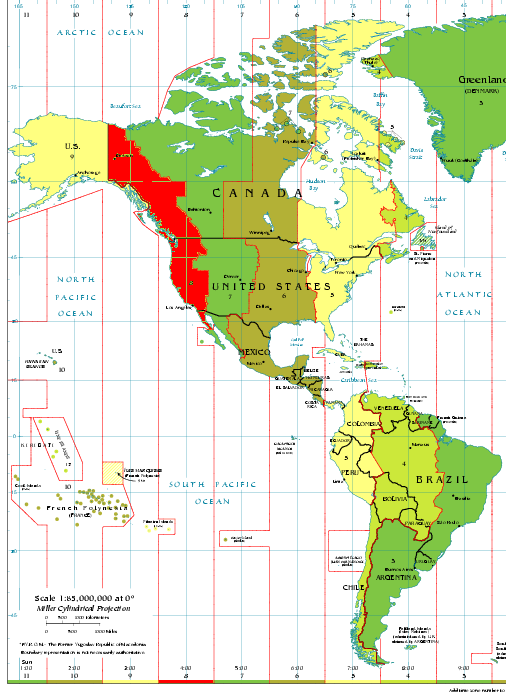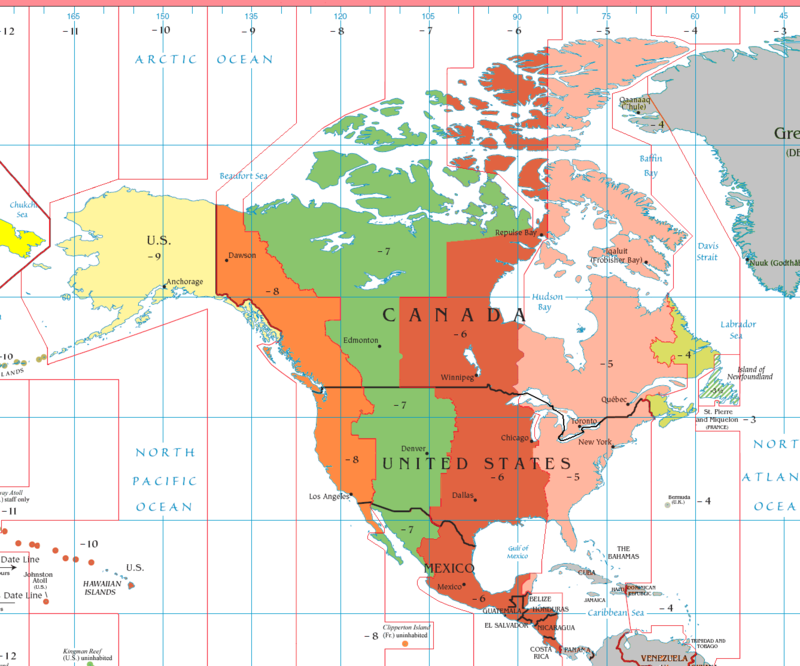Understanding time zone differences is crucial for anyone who communicates or travels across different regions. Converting 7:30 AM PST to EST is a common task for individuals working in global teams, planning meetings, or coordinating events. Knowing how to convert times accurately ensures efficiency and avoids confusion. This article will provide you with a detailed guide to understanding the PST to EST conversion, including tips, tools, and practical examples.
Time zones can be confusing, especially when dealing with multiple regions. The Pacific Standard Time (PST) and Eastern Standard Time (EST) are two of the most commonly referenced time zones in the United States. Whether you're scheduling a meeting with a colleague on the East Coast or planning a call with someone in California, understanding the difference between these time zones is essential.
In this article, we will explore the conversion of 7:30 AM PST to EST, delve into the history of time zones, discuss the factors that affect time zone differences, and provide practical tips to help you manage time zone conversions effectively. Let's dive in!
Read also:Sly Stallone The Iconic Biography Of A Hollywood Legend
Table of Contents
- Introduction to Time Zones
- What is PST?
- What is EST?
- Converting 7:30 AM PST to EST
- Daylight Saving Time
- Tools for Time Zone Conversion
- Common Mistakes in Time Zone Conversion
- Historical Background of Time Zones
- Tips for Managing Time Zone Differences
- Conclusion
Introduction to Time Zones
Time zones are regions of the Earth that observe a uniform standard time for legal, commercial, and social purposes. They were introduced to standardize timekeeping across the globe, making it easier for people to coordinate activities and travel. The concept of time zones was first proposed in the 19th century and has since become an integral part of our daily lives.
There are 24 standard time zones in the world, each spanning 15 degrees of longitude. However, due to political and geographical considerations, some countries and regions have modified their time zones to better suit their needs. Understanding the basics of time zones is essential for anyone who deals with international communication or travel.
Why Are Time Zones Important?
- They facilitate global communication by providing a standardized way to measure time.
- They help businesses operate efficiently across different regions.
- They allow travelers to plan their journeys accurately.
What is PST?
Pacific Standard Time (PST) is the standard time observed in the western regions of the United States, including states like California, Oregon, and Washington. PST is eight hours behind Coordinated Universal Time (UTC-8) during standard time. During daylight saving time, it becomes Pacific Daylight Time (PDT), which is seven hours behind UTC (UTC-7).
Regions Observing PST
- California
- Oregon
- Washington
- Parts of Nevada
What is EST?
Eastern Standard Time (EST) is the standard time observed in the eastern regions of the United States, including states like New York, Florida, and Massachusetts. EST is five hours behind Coordinated Universal Time (UTC-5) during standard time. During daylight saving time, it becomes Eastern Daylight Time (EDT), which is four hours behind UTC (UTC-4).
Regions Observing EST
- New York
- Florida
- Massachusetts
- Parts of Indiana
Converting 7:30 AM PST to EST
Converting 7:30 AM PST to EST is a straightforward process. Since PST is three hours behind EST, you simply add three hours to the PST time to get the equivalent EST time. Therefore, 7:30 AM PST becomes 10:30 AM EST.
Steps to Convert PST to EST
- Identify the time in PST.
- Add three hours to the PST time.
- The result is the equivalent time in EST.
Daylight Saving Time
Daylight Saving Time (DST) is a system of adjusting clocks forward by one hour during the warmer months to extend evening daylight. In the United States, DST typically begins on the second Sunday in March and ends on the first Sunday in November. During DST, the time difference between PST and EST increases to four hours.
Read also:Margolis Name Origin A Comprehensive Exploration Of Its Roots And Significance
It's important to consider DST when converting times between PST and EST, as it can affect the accuracy of your calculations.
How DST Affects Time Zone Conversion
- During standard time, PST is three hours behind EST.
- During daylight saving time, PST is four hours behind EST.
Tools for Time Zone Conversion
There are several tools available to help you convert times between different time zones. These tools can save you time and reduce the risk of errors in your calculations.
Popular Time Zone Conversion Tools
- World Time Buddy
- Timezoneconverter
- Google Search
These tools are easy to use and provide accurate results. Simply enter the time and time zones you want to convert, and the tool will do the rest.
Common Mistakes in Time Zone Conversion
Even with the best tools, mistakes can still happen when converting times between different time zones. Here are some common mistakes to watch out for:
Mistakes to Avoid
- Forgetting to account for daylight saving time.
- Confusing standard time with daylight saving time.
- Not double-checking your calculations.
By being aware of these potential pitfalls, you can ensure more accurate time zone conversions.
Historical Background of Time Zones
The concept of time zones dates back to the 19th century, when the need for standardized timekeeping became apparent due to the expansion of railroads and telegraph systems. Before the introduction of time zones, each town or city set its own local time based on the position of the sun. This led to confusion and inefficiencies, especially for travelers and businesses.
In 1884, the International Meridian Conference was held in Washington, D.C., where the concept of time zones was officially adopted. The conference established the Prime Meridian at Greenwich, England, as the reference point for global timekeeping. Since then, time zones have evolved to meet the needs of modern society.
Tips for Managing Time Zone Differences
Managing time zone differences can be challenging, especially for individuals who work with global teams or travel frequently. Here are some tips to help you navigate time zone differences more effectively:
Practical Tips
- Use a world clock or time zone converter to stay informed about time differences.
- Schedule meetings during overlapping business hours to accommodate all participants.
- Be mindful of daylight saving time changes and adjust your schedule accordingly.
By following these tips, you can minimize the impact of time zone differences on your daily activities.
Conclusion
Converting 7:30 AM PST to EST is a simple yet important task for anyone dealing with time zone differences. By understanding the basics of time zones, considering daylight saving time, and utilizing the right tools, you can ensure accurate and efficient time conversions. Remember to double-check your calculations and stay informed about time zone changes to avoid confusion.
We encourage you to share this article with others who may find it helpful. If you have any questions or feedback, feel free to leave a comment below. Don't forget to explore our other articles for more useful information on time management and global communication.
Sources:
- https://www.timeanddate.com/time/zones/
- https://www.nist.gov/pml/time-and-frequency-division


